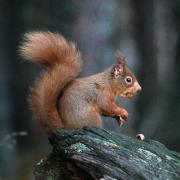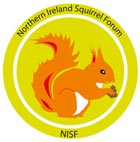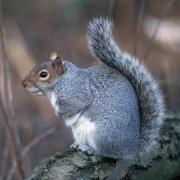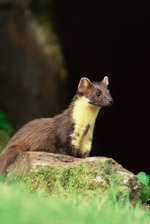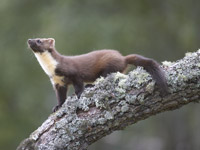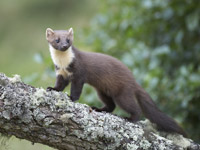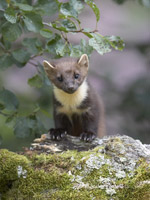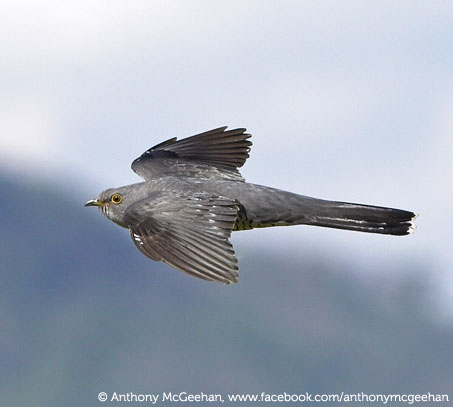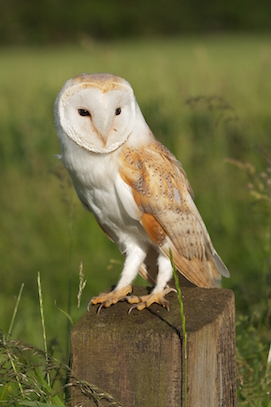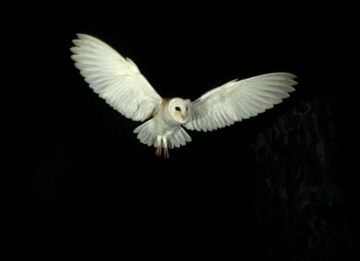
Invasive non-native plant and animal species are the second greatest threat to biodiversity worldwide after habitat destruction. They can negatively impact on native species, can transform habitats and threaten whole ecosystems causing serious problems to the environment and the economy.
All records and sightings will help us determine the extent of the invasive species problem in Ireland and facilitate a rapid response, where necessary.
If you know of any invasive species in any location within Northern Ireland please submit your record using the form below. If you have a picture of the species or are unsure of what you have found, please submit your images.
If you wish to enter a record for anywhere in the Republic of Ireland please do so on the Invasives.ie website.
Important: if you use this site regularly, please remember to login.
This will give you access to the My Records report which allows you to manage your data.
